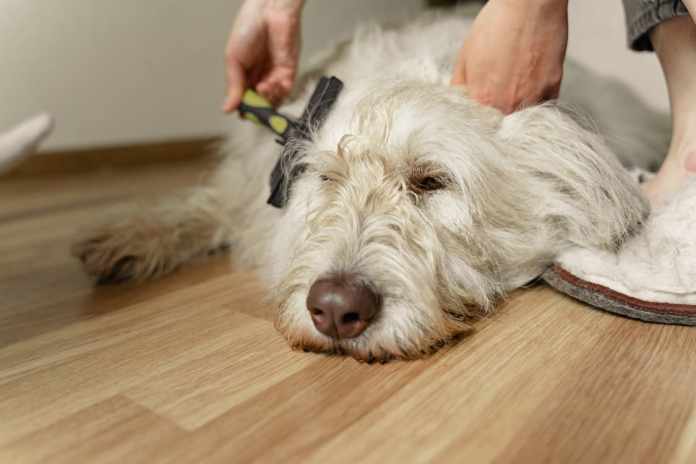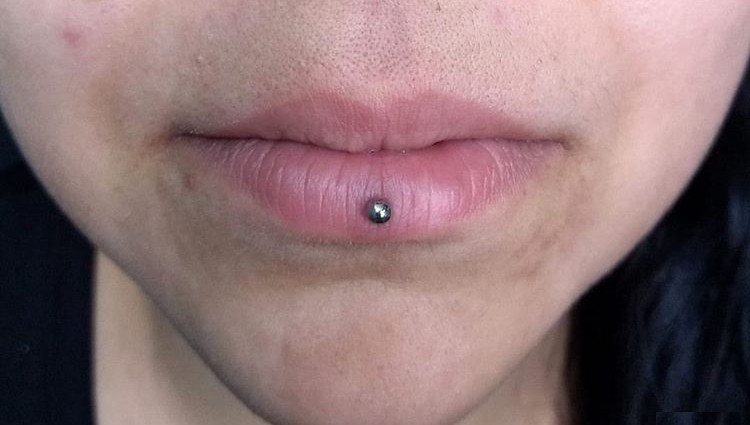The deadly canine parvovirus, also referred to as “Parvo,” typically attacks young, unvaccinated puppies between the ages of 3 and 6 months. Without immunisation, this may, however, also affect young puppies and, in rare instances, adult and senior dogs.
Types of Canine Parvovirus
Canine parvovirus comes in 2 different varieties:
1. The most prevalent form of this virus, the intestinal kind, is responsible for the majority of localised outbreaks across the nation. The intestines and bone marrow are the most negatively impacted by this type.
Once activated, the virus damages the digestive system, weakening the intestinal lining and impairing the tract’s capacity to retain food and nutrients, preventing the entry of harmful bacteria, and stopping fluid loss. The dog’s body’s White Blood Count is decreased as a result of the attack on the bone marrow, further impairing the immune system and allowing the virus to become more aggressive.
The following are typical symptoms of this type of Parvo:
· lethargy
· bloody stools
· reduced appetite
· Fever
· dehydration
· a dramatic decrease in weight
· aches and pains in the body
· inflammation near the lips and eyes (less common)
· vomiting
It takes 3 to 7 days for Parvo symptoms in puppies to become visible.
2. Cardiac Parvo is a relatively uncommon type of Parvo that, as the name implies, affects the heart. This kind of Parvovirus in dogs may not show any symptoms of the Intestinal Parvovirus variation, it should be mentioned. It typically causes a puppy’s heart to beat quickly, breathing problems, and random cardiac arrests by attacking the puppy’s developing heart.
Despite the alarming nature of the symptoms, pups and dogs have been known to recover when the proper therapy is started promptly.
Small faeces particles or the bodies of other sick dogs are two ways that Parvo in dogs is spread. Although HIV cannot be transmitted to humans, we are nevertheless capable of carrying the virus and passing it on to susceptible dogs through our clothing and shoes.
Dog parvovirus is very harmful due to its extended dormant lifespan. Evidence and research indicate that the virus can survive in the ground and on soil for up to a year without a dog to infect as it waits to infect a host. So if you want to take care of your pet you must install an electric fence for dogs at your home.
Recovery & Treatment
Supporting a dog’s immune system and physically fortifying the body to stave off the illness are key components of the Parvo treatment. You must realise that Parvo has no known direct treatment or over-the-counter treatments.
Due to the virus’s extreme contagiousness, the sick dog is hospitalised and kept in isolation once the existence of the virus in the body has been verified. All dietary intake of food and liquids is halted during this time. The stomach lining is not capable of performing as it should because it is weak. Vomiting and more dehydration are likely to result from feeding the dog. Instead, intravenous fluids are administered alongside injections to support the dog’s health and stop vomiting.
Depending on the severity of the infection, Parvo in dogs typically recovers between 5 to 10 days. The dog may contract a secondary illness, which could lengthen the recovery period because the immune system is so compromised at this time.
Even once the body is free of the infection, the harsh Parvo therapy can make your dog very angry and feeble. To assist the dog in return to optimal health, it will need another 2 to 3 weeks of a rigorous and nourishing diet and tonnes of patience on your part.
Prevention
There are very effective techniques to combat this virus thanks to developments in veterinary science and the creation of a Parvo vaccination. However, the Parvo virus continues to spread violently in various regions of India every year.
The numerous, dispersed local entities, some of which occasionally neglect to immunise the neighbourhood canines, are partly to blame. However, the community as a whole is equally accountable for community dogs. You can protect your dogs’ safety and prevent Parvo from spreading to your community by taking a few specific precautions.
· If you spot new puppies in your region, alert your local municipal authorities so they can immunise the puppies in time to prevent illness.
· Encourage your friends not to purchase young puppies from shady, illegal breeders. A licenced breeder is required by law and the terms of the contract to be open and honest with prospective parents about the health of the puppy and to do business ethically and hygienically to protect the welfare of the expectant mother and the young. Any such responsibilities shall not apply to an illegal breeder.
Each year, dogs with parvovirus lose hundreds of lives. Even though veterinary science is always evolving to find a better and more affordable way to eradicate Parvo, we must prevent this horrifying disease from spreading to both our dogs and the dogs in the neighbourhood.







